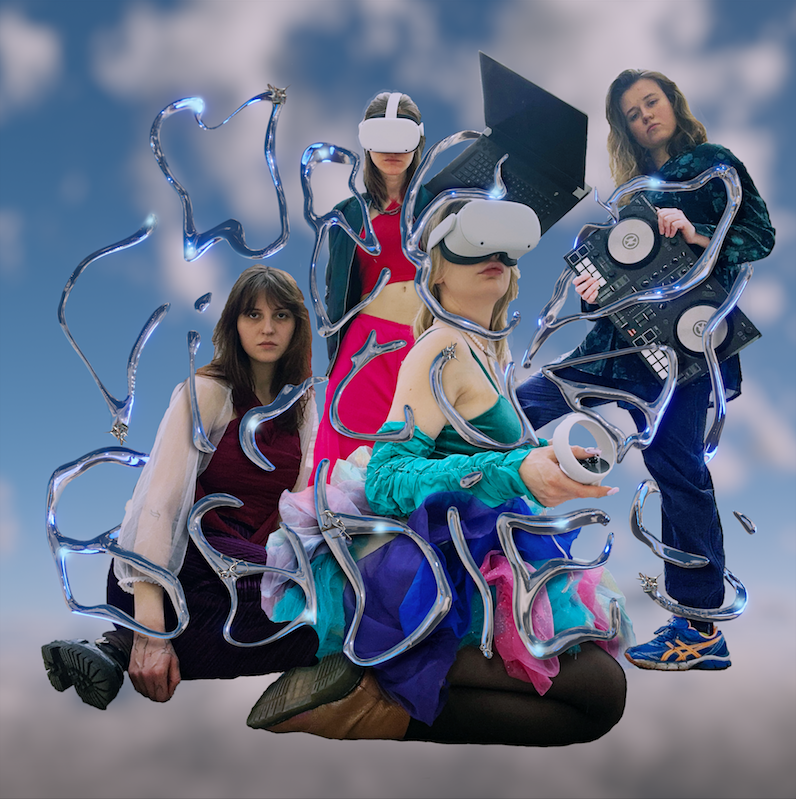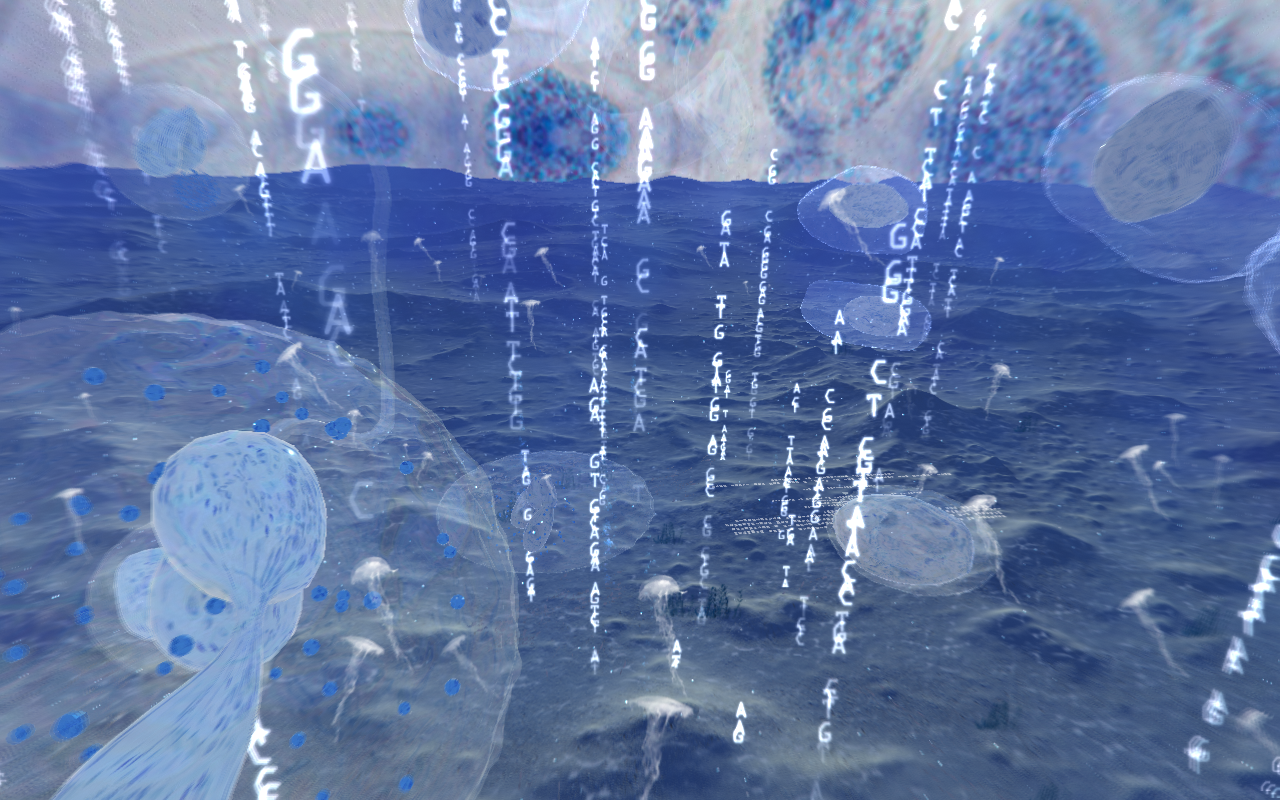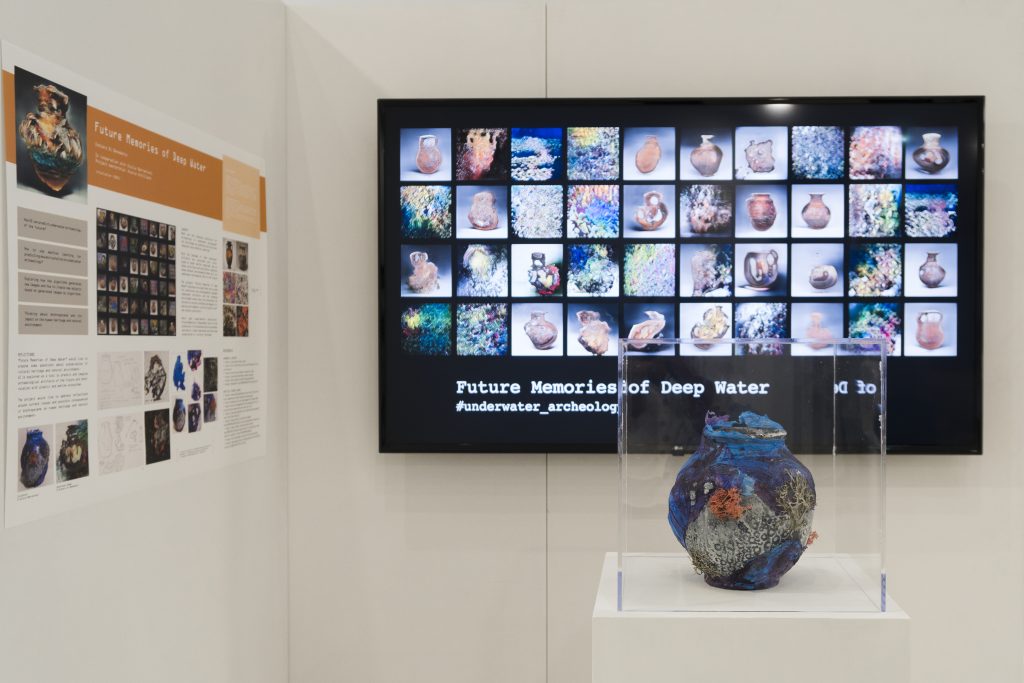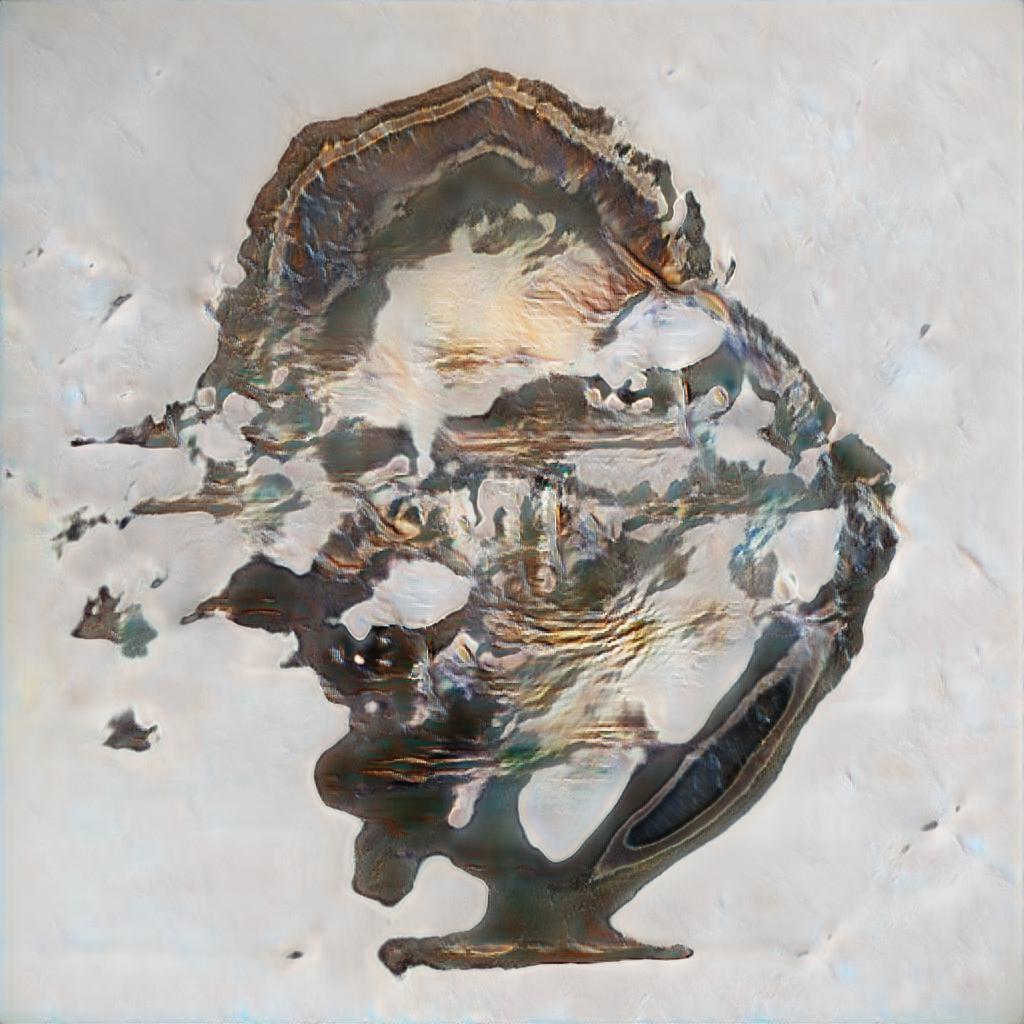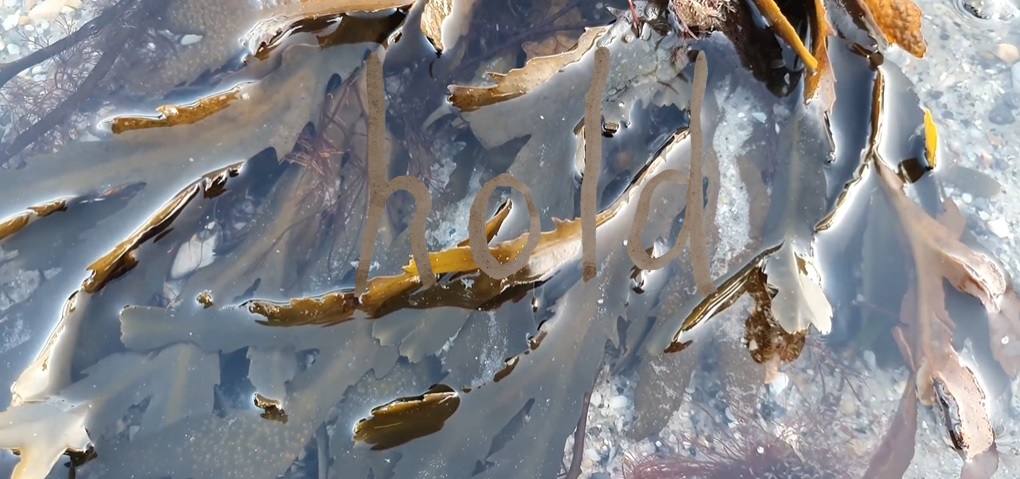001
2023
001
2023
Deep Virtual Babies (a post-media queer hydrofeminist performance)
Lux Æterna (Karina Gorzkowska, Yana Maroz, Agata Polak, Katarzyna Oczkowska)
2023
[The work premiered during the conference Deep Sea Babies: Navigating Between Utopias and Dystopias for the Blue Planet organized by the Pedagogical University of Krakow in cooperation with The Intermedia Department at The Academy of Fine Arts in Podbrzezie Gallery in April 2023]
A feminist-queer collective Lux Æterna (Karina Gorzkowska, Yana Maroz, Agata Polak, Katarzyna Oczkowska) proposes interdisciplinary and intermedia action in the form of a hydrofeminist live act at the intersection of the real and the virtual worlds. The starting point is performing water body that comes from space. According to the principle that everything is a flow, physical space moves and flows toward virtual space and vice versa. Physical space and the experienced reality evolve in the specific laboratory conditions of the transdisciplinary conference: the reality of a specific space and time immersing humans in a dystopic state we want to transgress. Through the experience of the postmedia installation and performance, the collective seeks the possibility of infecting dystopia with a sustainable water utopia. It is specifically a techno-eco utopia enhanced with VR space offering the opportunity for the embodiment of queer eco-avatars. The work is inspired by the xenofeminist manifesto and hydrofeminism, both in terms of theoretical and practical action.
The performative action consists of three acts.
The first is a visual and audio infection of dystopian reality: improvised music is produced by synthesizers and enhanced with 2D and 3D visualizations. Following the principles of collective work and the idea of equality that comes with the flow, each member of Lux Æterna is equally responsible for the performance’s musical and visual layers.
The second act is the gradual appearance of the designed water VR space in the visual layer, designed for the conference in line with the idea of recycling. This part is based on the previous VR projects by members of the collective. The idea of recycling guides every aspect of performance production (visualization, VR design, costumes).
The third act is a collective transition of water bodies into VR water bodies navigating in space in a headset. The idea is to create choreography at the intersection of utopia and dystopia. Performing bodies embody and visualize the multisensory physical space, simultaneously present and performing [in] the VR space. The experience is available to the audience through the image from the projectors. Inside the water environment of VR traversed through deep virtual babies, the theoretical background of the project is also included in the form of 3D texts. The text layer (e.g., by Astrida Neimanis) is generated when we interact with objects. After the presentation, the VR headset was made available to the participants of the conference to practice the embodiment of deep virtual babies’ reality.
